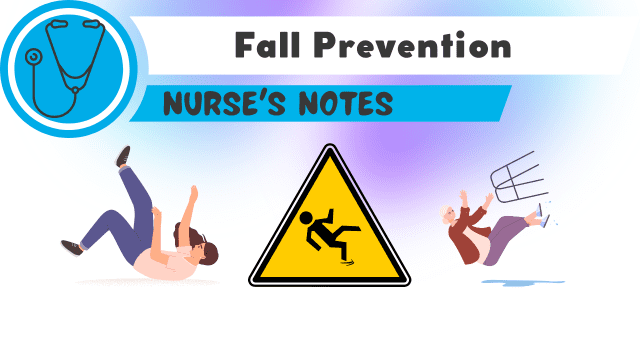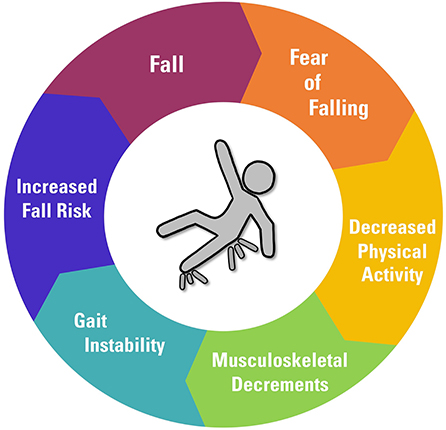The 15-Second Trick For Dementia Fall Risk
The 15-Second Trick For Dementia Fall Risk
Blog Article
Examine This Report on Dementia Fall Risk
Table of ContentsExcitement About Dementia Fall RiskSome Known Questions About Dementia Fall Risk.Fascination About Dementia Fall RiskSome Ideas on Dementia Fall Risk You Should Know
A loss risk assessment checks to see just how most likely it is that you will drop. The analysis generally includes: This consists of a collection of inquiries regarding your total health and if you've had previous drops or problems with balance, standing, and/or walking.STEADI includes testing, analyzing, and intervention. Treatments are referrals that might reduce your danger of dropping. STEADI consists of 3 actions: you for your threat of succumbing to your danger aspects that can be boosted to attempt to stop drops (as an example, balance issues, impaired vision) to minimize your danger of falling by utilizing efficient methods (for instance, offering education and resources), you may be asked numerous inquiries consisting of: Have you fallen in the past year? Do you really feel unstable when standing or strolling? Are you fretted about dropping?, your service provider will test your stamina, balance, and gait, making use of the complying with fall assessment devices: This test checks your gait.
You'll rest down once more. Your copyright will inspect the length of time it takes you to do this. If it takes you 12 secs or more, it might imply you go to higher threat for an autumn. This examination checks strength and balance. You'll rest in a chair with your arms crossed over your breast.
Relocate one foot halfway ahead, so the instep is touching the large toe of your other foot. Move one foot completely in front of the various other, so the toes are touching the heel of your other foot.
A Biased View of Dementia Fall Risk
Many drops happen as an outcome of numerous contributing elements; as a result, managing the danger of dropping starts with determining the variables that add to drop risk - Dementia Fall Risk. Some of the most appropriate danger factors consist of: History of prior fallsChronic clinical conditionsAcute illnessImpaired stride and equilibrium, lower extremity weaknessCognitive impairmentChanges in visionCertain risky drugs and polypharmacyEnvironmental aspects can additionally enhance the danger for drops, consisting of: Poor lightingUneven or harmed flooringWet or slippery floorsMissing or damaged hand rails and grab barsDamaged or improperly fitted tools, such as beds, wheelchairs, or walkersImproper use assistive devicesInadequate guidance of individuals staying in the NF, consisting of those that show hostile behaviorsA successful autumn danger administration program calls for a thorough clinical evaluation, with input from all members of the interdisciplinary group

The treatment plan should additionally include treatments that are system-based, such as those that promote a secure atmosphere (appropriate lighting, hand rails, get bars, and so on). The efficiency of the treatments need to be examined regularly, and the treatment strategy revised as essential to reflect modifications in the loss risk analysis. Carrying out a loss risk management system making use of evidence-based best method can reduce the frequency of falls in the NF, while limiting the potential for fall-related injuries.
Some Known Factual Statements About Dementia Fall Risk
The AGS/BGS standard advises evaluating all grownups aged 65 years and older for fall risk look at these guys every year. This screening contains asking patients whether they have actually dropped 2 or even more times in the past year or sought clinical focus for a loss, or, if they have actually not fallen, whether they feel unsteady when walking.
People that have fallen once without injury ought to have their balance and gait reviewed; those with stride or equilibrium problems must get extra analysis. A history of 1 fall without injury and without gait or balance issues does not call for further evaluation beyond continued yearly fall threat testing. Dementia Fall Risk. A fall threat analysis is called for as part of the Welcome to Medicare examination

Dementia Fall Risk Fundamentals Explained
Recording a drops background is one of the top quality indicators for loss avoidance and administration. Psychoactive drugs in certain are independent forecasters of drops.
Postural hypotension can typically be eased by decreasing the dosage of blood pressurelowering drugs and/or stopping drugs that have orthostatic hypotension as a negative effects. Use above-the-knee assistance pipe and sleeping with the head of the bed elevated may also lower postural decreases in high blood pressure. The preferred elements of a fall-focused checkup are shown in Box 1.

A pull time more than or equal to 12 seconds suggests high autumn danger. The 30-Second Chair Stand examination evaluates lower extremity strength and balance. Being incapable to stand up from a chair of knee elevation without making use of one's arms indicates enhanced fall risk. The 4-Stage Balance test assesses fixed equilibrium by having the individual stand in 4 positions, each progressively more tough.
Report this page